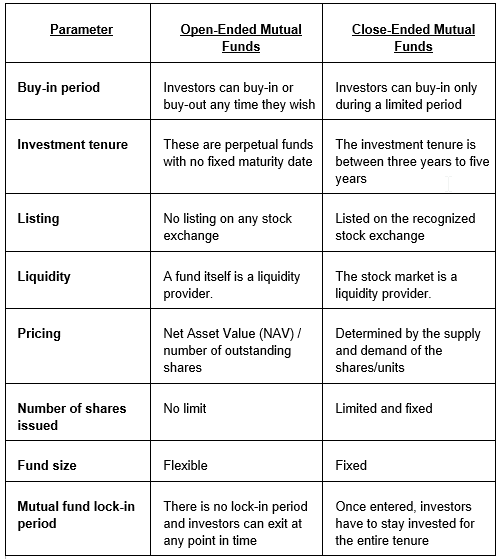do closed end funds have liquidity risk
Discover 3 Ways to Measure Liquidity Risk and 2022 Liquidity Trends with SPDR. Just like open-ended funds closed-end funds are subject to market movements and volatility.
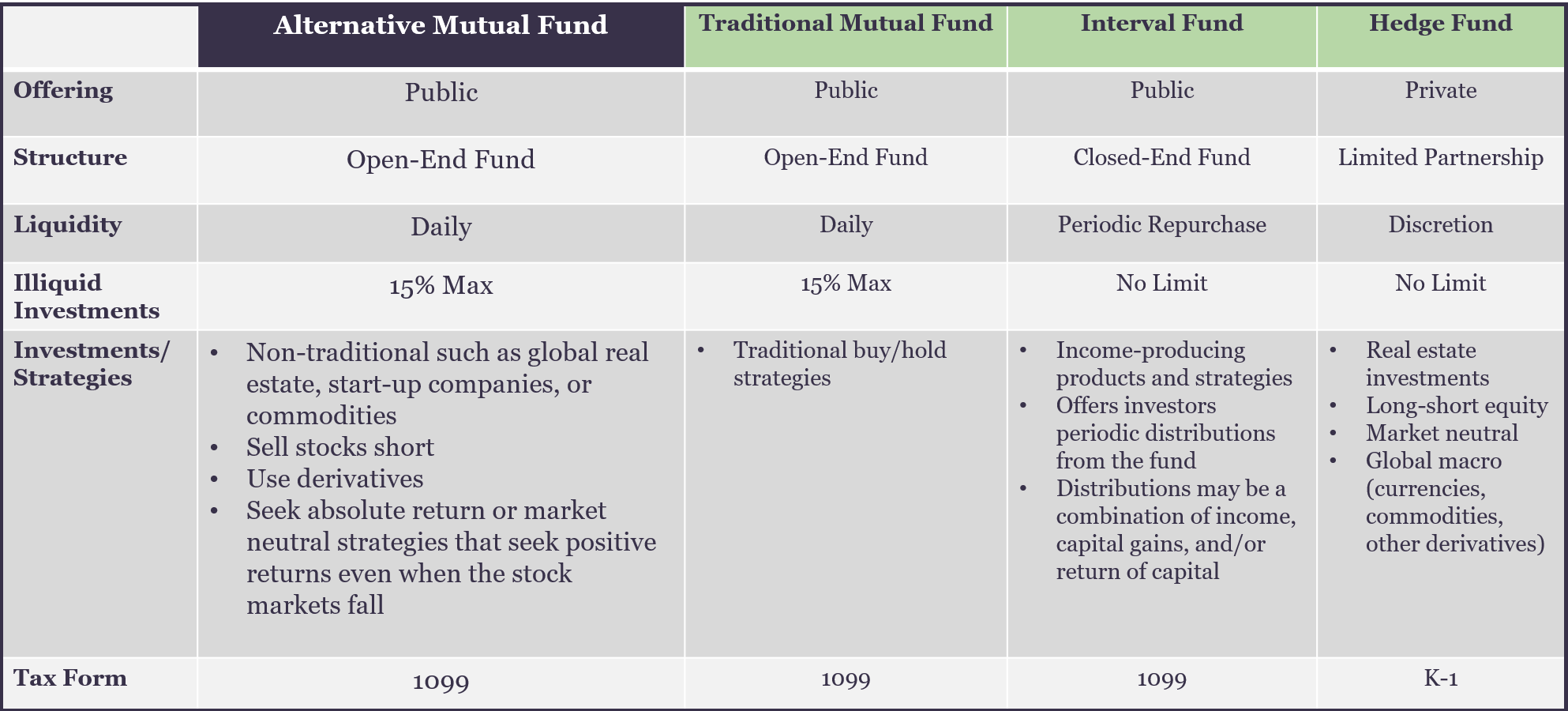
Alternative Mutual Fund Liquidity Spectrum Investment Comparison
Closed-End Funds and Liquidity Open-ended funds have no limit on the number of shares they can issue and capital flows into and out of the funds freely as new shares are issued and repurchased.
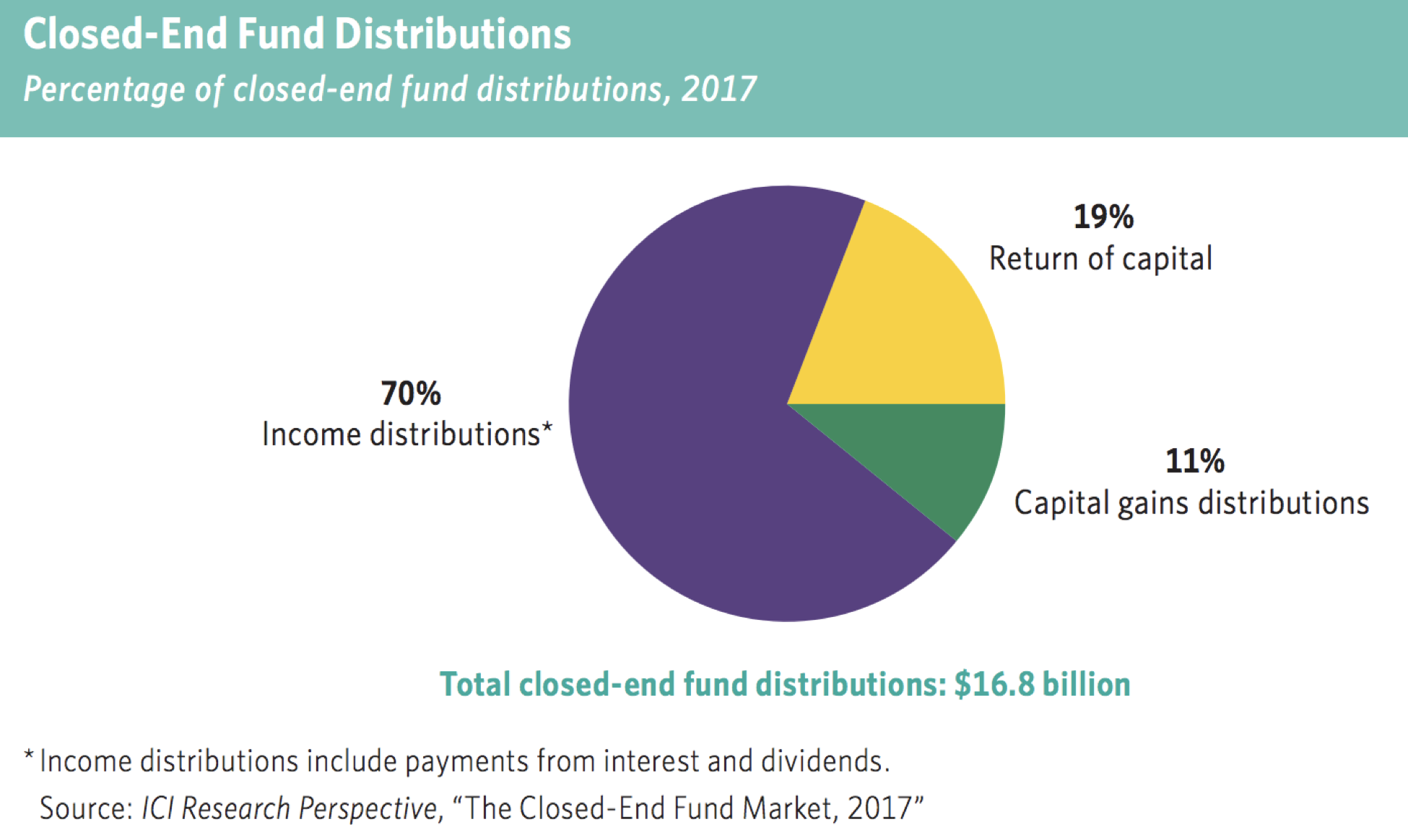
. CEFs are exposed to much of the same risk as other exchange traded products including liquidity risk on the secondary market credit risk concentration. Here are ten reasons to consider closed-end funds. Many closed-end funds have income distributions of 8 or more.
Unlike open-end funds managers are not allowed to create new shares to meet demand from investors. A closed-end fund legally known as a closed-end investment company is one of three basic types of investment companies The two other types of investment companies are open-end funds usually mutual funds and unit investments trusts UITs. Closed-end funds issue a fixed number of shares through an initial public offering and typically do.
Exchange-traded funds ETFs are generally also structured as open-end funds but can be structured as. Closed-end funds CEFs can be one solution with yields averaging 673. This paper tests two main.
Unlike open-end funds closed-end funds do not need to maintain liquidity to meet daily redemptions. 1 day agoThat in a nutshell explains the problem with the structure of closed-end funds like the 32 billion Nuveen CA Quality Muni Income ticker. New SEC Rule Requires Open-End Funds to Have Formal Liquidity Risk Management Programs.
5 from preferred shares 10 in net asset value 50. However closed-end funds have several important differences compared to the mutual. Rule 22e-4 also requires principal underwriters and depositors of unit investment trusts.
With a closed-end fund the number of shares is fixed and shares are not redeemable from the fund. NEW YORK June 01 2022 GLOBE NEWSWIRE -- The Boards of TrusteesDirectors of the PIMCO closed-end funds below each a Fund and collectively the Funds have declared a. This paper examines the liquidity and liquidity risk of closed-end mutual funds and of their portfolios and the relationship to closed end fund pricing.
Closed-end funds can be subject to liquidity problems both at the level of the fund and at the level of the shareholders Faust says. Closed-End Fund Liquidity. See locating the leverage status using the closed-end fund screener for more information.
Leverage magnifies returns both positively and negatively. On a percentage basis the fund sells at a discount of 10 2 divided by 20. Its assets are actively managed by the funds portfolio managers and may be invested in equities bonds and other securities.
Just like open-ended funds closed-end funds are subject to market movements and volatility. Any day when theres a 1 move in a CEF can be thought of as a day when there is a supply and demand imbalance outside of ex-dividend days and large moves in. Closed-end funds may trade at a premium to NAV but often trade at a discount.
Closed-end funds operate more like ETFs in that they trade throughout the day on a stock exchange. If the market price is above NAV say 21 in this case then the closed-end fund sells at a premium of 5. The closing price and net asset value NAV of a funds shares will fluctuate with market conditions.
This can create a challenge for fund managers that ultimately increases risk. Some closed-end funds have a managed distribution strategy. Ad Evaluate ETF Liquidity Like that of DIA.
This can result in. Why Liquidity Matters and Impacts Trading Costs. Closed-end funds have more regulatory flexibility than open-end funds to.
Look for Discounts and Premiums. When the Investment Company Act was enacted it was understood that redeemability meant that an open-end fund had to have a liquid portfolio. Closed-end funds arent always able to be redeemed at the end of the day.
Their yields range from 632 on average for bond CEFs to. A closed-end fund is organized as a publicly traded investment company by the Securities and Exchange Commission SEC. CEF shares are bought and sold at market price determined by.
Closed-end funds have the ability to use leverage which can lead to greater risk. These are exchange-traded funds ETFs. So for instance a CEF that is valued at 10 may.
In this case the closed-end fund sells at a discount of 2 per share. A closed-end fund is a type of investment company whose shares are traded on a stock exchange or in the over-the-counter market. Manzler 2004 shows that the discounts on closed-end funds are driven by both liquidity and liquidity risk differentials between the fund stocks and the stocks in the underlying portfolio.
Closed-end funds with managed distribution programs seek to pay a consistent dividend each month or quarter. Among the advantages CEFs - unlike open-end mutual funds - trade at a discount or premium to net asset value. Lets assume that the market price is 18 per share and that NAV is 20.
The use of leverage allows the CEF to maintain a higher distribution yield than open-end mutual funds. If a fund becomes too large the fund manager may decide the total assets have grown too unwieldy to make it possible to. Thus they have more flexibility to invest in less liquid securities.
Like a mutual fund a closed-end fund is a pooled. Funds or funds4 or closed-end upon which several of the Acts other provisions depend turns on whether the investment companys shareholders have the right to redeem their shares on demand. The closed-end structure Mark Northway explains provides the manager with the benefit of permanent or long-term committed capital while.
Closed-end funds have stood the test of time for more than a century and have the potential to help savvy investors. The value of a CEF can decrease due to movements in the overall financial markets. This CEF has a leverage ratio of 50 computed as capital from preferred shares divided by net asset value.

Tourshabana What Are Closed End Vs Open End Mutual Funds Compare 4 Key Differences In Investing

Investing In Closed End Funds Nuveen
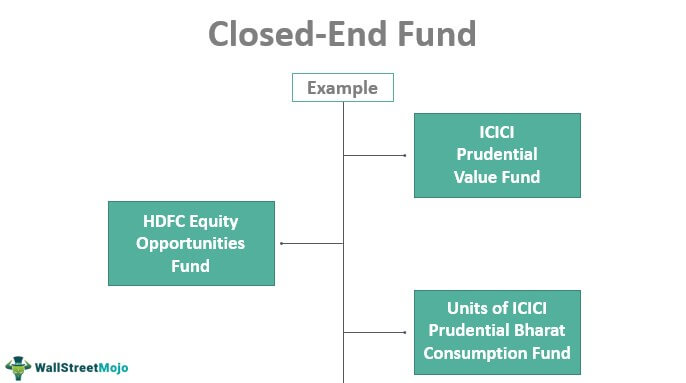
Closed End Fund Definition Examples How It Works

The Problem With Open Ended Life Settlement Funds Articles Advisor Perspectives
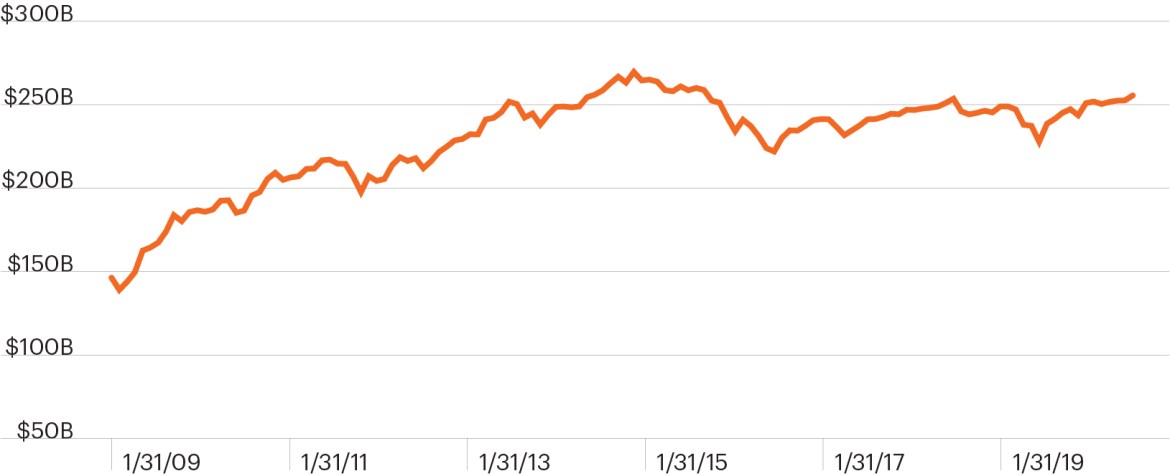
Closed End Fund Fs Investments

Open Ended Mutual Fund Vs Close Ended Mutual Fund What To Prefer
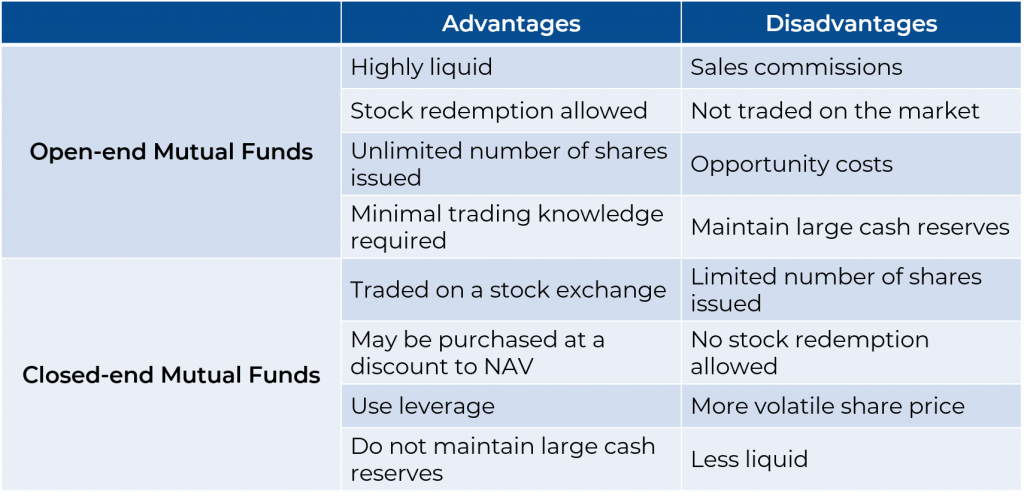
What Are Mutual Funds 365 Financial Analyst
What Is The Difference Between Closed And Open Ended Funds Quora

A Guide To Investing In Closed End Funds Cefs Intelligent Income By Simply Safe Dividends

Closed Vs Open Ended Funds Which One Do I Pick Mutual Funds Etfs Trading Q A By Zerodha All Your Queries On Trading And Markets Answered
What Is The Difference Between Closed And Open Ended Funds Quora

A Guide To Investing In Closed End Funds Cefs Intelligent Income By Simply Safe Dividends

A Guide To Investing In Closed End Funds Cefs Intelligent Income By Simply Safe Dividends
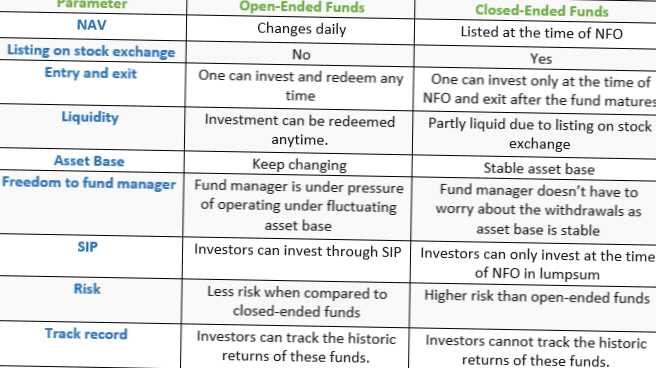
Difference Between Open Ended And Closed Ended Mutual Funds Differbetween

